Feed the Senses. It’s something you hear a lot, but how do you help your kiddo feed their senses? Around the Left Brain Craft Brain house, we do science. October is Sensory Processing Awareness Month and I thought I’d pull together some of the projects The Babe and I have done together that fed our senses. 7 of our senses to be exact… Read on to hear How I Feed My Child a Sensory Diet with Science plus this week’s installment of the Love to Learn Linky.
What is a Sensory Diet and Why Is It Important?
Every person has a set of sensory needs. You know those days when you didn’t move around much and you feel a bit agitated? Or when things are too loud and you can’t concentrate? Your sensory system needs certain inputs to keep you calm, focused and organized. A sensory diet is a way to get you those inputs. Just like a nutritional diet where you need some a variety of foods to keep you healthy, a sensory diet of tactile or visual “foods” gets you to a balanced place.
I’m not an occupational therapist or a doctor, but I am the parent of a kiddo who needs a sensory diet to stay regulated. Plus I’m a mom who needs a sensory diet to stay regulated, too. This is my take on ways to incorporate 7 of our senses (yes there are more than 5!) into our daily diet while learning about a new science topic.
Tactile Sensory Activities
This is all about touch… But it’s about more than just your hands. You feel wherever you have nerve endings – places like your head, feet, mouth and hands. So encourage play with all these parts!
- Learn what makes sunsets so colorful while playing with some slippery Sunset Slime.
- 5 Messy Ways to Play Brain Surgeon lets kiddos explore the brain with five different sensory materials: ice, slime, Jell-o, play dough and a bubbly baking soda brew.
Visual Sensory Activities
The eyes are amazing things. They take in light and process images of our surroundings. And they can easily be fed with almost anything around you.
- Explore light and dark and learn how light can bend with Prism Play and Chalk Art.
- Experiment with how nature has differentiated itself by Painting with Nature.
For more detailed descriptions of visual perception, check out my post D-Eye-Y Games for Kids: Visual Skills at Play.
Auditory Sensory Activities
I realized that The Babe and I need to do some more auditory activities because I had nothing in the archives for this area. So I checked in with a few other bloggers to see what they do to teach their kids about sound.
- Learn about sound absorption and reflection with these Sound Experiments from Science Sparks and Life at the Zoo.
- Explore Sound with a Hanger and a String with this easy experiment from Buggy and Buddy.
Oral Sensory or Taste (Gustation) Sensory Activities
The sense of taste might be my favorite because I’m a foodie wannabe :) But it often seems to be one of the most personal senses! That’s because everyone’s brains processes taste sensory inputs slightly differently. So make it a science experiment and see what people like…
- Encourage taste testing using the Scientific Method with this Why do Apples Turn Brown? experiment.
- Learn about polymer science and explore fruit flavors with these Homemade Fruit Gummies.
Olfactory Sensory Activities
People often say that scents make for the strongest memories. They believe this is true because the area of the brain that processes olfactory inputs is very close to the area that processes emotional memory. Both are parts of the limbic system, the area of the brain responsible for emotions. Ahh… the smell of baking cookies in my grandmother’s house… So create some wonderful memories and learn some science!
- There’s nothing better than the smell of baking bread. Kids can work their noses and learn The Biology of Bread with this activity.
- Check out this Scented Science Experiment for a fun way for kids to experiment and stimulate their olfactory sense from Lemon Lime Adventures.
My friend Dayna, the brains behind Lemon Lime Adventures and that fun olfactory experiment, has an amazing blog full of sensory processing ideas and information. As the mom of a child with unique sensory needs, she’s learned through experience and has fun and helpful ideas to share.
Dayna also has a new adventure called Project Sensory. It’s her goal to spread awareness of the importance of the sensory needs of ALL children, not just those with sensory processing disorders. Project Sensory’s mission is to provide parents, educators, and caregivers with the resources, support and tools they need to help their children succeed at home and school. Her Sensory Fix Toolkit and printables are a great place to start.
Vestibular and Proprioception Sensory Activities
The last two senses we’re talking about today are the ones you may not have heard of it. The body’s vestibular system establishes your sense of balance and orientation within your environment. It allows us to spin and flip and rotate without getting sick (I need some help on this one!). Proprioception is the body’s ability to assess where it is in space and the force it requires to move itself to another position. Close your eyes, can you still touch your nose with your finger? Yes? Proprioception is helping you.
Physics is one of the best ways to feed these two senses. Gravity, speed, acceleration… All these key elements of physics are at play when kids are at play. Hmmm…. that was kind of punny ;)
The Babe experienced physics at an amazing place the other day. She rode a zip line (momentum), jumped until she dropped on a trampoline (gravity) and spun until she was dizzy on a swing (centripetal force). I want to thank We Rock the Spectrum in Berkeley for a fun-filled morning of sensory play. They’re a great non-profit organization who strives to provide a safe, nurturing, and fun environment to foster learning, exploration and safe sensory experiences for ALL children.
From Last Week’s Love to Learn Linky
Here’s a few more (a bit less sciency) sensory play ideas from last week’s Love to Learn Linky:
Proprioception: Help your kiddos work on proprioception with some positioning play with Gourd Bowling from Kitchen Floor Crafts.
- Tactile: This Simple Fall Sensory Bin from Cutting Tiny Bites encourages kids to feel and play.
- A Little Bit of Everything: Halloween Broom Zoom Read and Play 3 Ways from Bambini Travel will get kids moving and listening and looking.
Also, check out this week’s other Love to Learn features from my co-hosts!
Fun Games for Teaching Preschoolers to Count from One Time Through
Matching Animal Halves Printable Activity from Totschooling
Spider Web String Art and More String Crafts for Kids from A Little Pinch of Perfect
If you were featured, grab a button!
Love to Learn Linky
Now it’s time for some more links! I hope you’ll join me and a few of my friends for a fun and educational linky party.
Bloggers, share your posts every Thursday and watch as we round them up and share them all over the place. Almost anything goes, we’re just hoping your activities teach kids (or us!) something (science, art, cooking, behavior, crafting, parenting etc…).
The Love to Learn Linky is hosted by:
Left Brain Craft Brain (leftbraincraftbrain.com): Anne is an ex-engineer, current stay-at-home mama writing about crafty ways to encourage creativity (and brain power!) in our kids. Each of her projects gives kids the chance to learn about a new subject and do something crafty at the same time.
Totschooling (totschooling.net): Viviana is a blogging mom to a toddler and a preschooler, sharing ideas and resources for early education. She specializes in unique, hands-on printable activities that are educational, fun and inspire creativity in young minds.
A Little Pinch of Perfect (alittlepinchofperfect.com): Katie combines creativity, play, and learning for the perfect mishmash of fun activities that keep kiddos entertained throughout the day. She wholeheartedly believes in the power of play and feels that all activities naturally provide a fun way to learn.
One Time Through (onetimethrough.com): Sue is an Elementary School Teacher currently on leave to be at home with her preschooler son. She shares ideas for connecting and learning with kids through meaningful, play-based activities that nurture curiosity and creativity.
Love to Learn Linky Etiquette:
- Posts should be about educating our kids in any way – science, art, cooking, crafts, behavior, parenting, etc. Please keep them family friendly and please no Etsy shops or giveaways unless they are relevant to the topic.
- Upload your direct post link to the InLinkz widget. Link up to 3 posts.
- Like the hosts on Facebook: Totschooling, A Little Pinch of Perfect, One Time Through, Left Brain Craft Brain.
- Or follow the hosts on Pinterest: A Little Pinch of Perfect, One Time Through, Left Brain Craft Brain, Totschooling.
- Post our button on your site.
- By linking up, you agree to have your images shared with credit.
Link up and grab a button!
Love to Learn Linky
[inlinkz_linkup id=454884 mode=1]

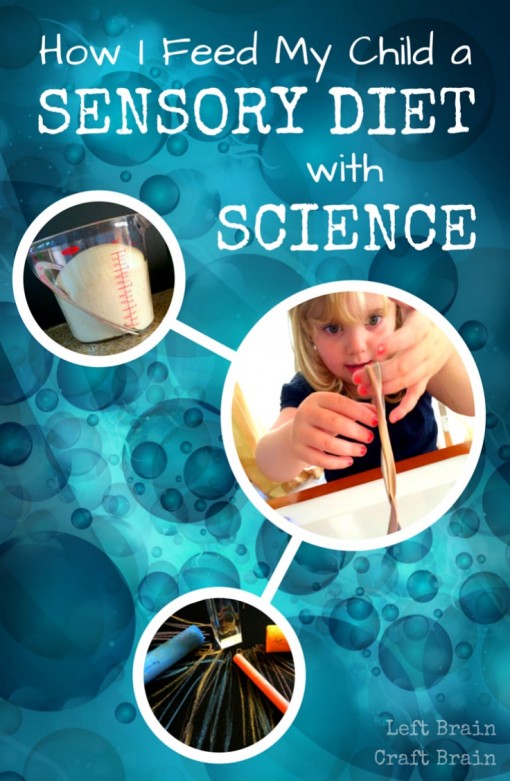
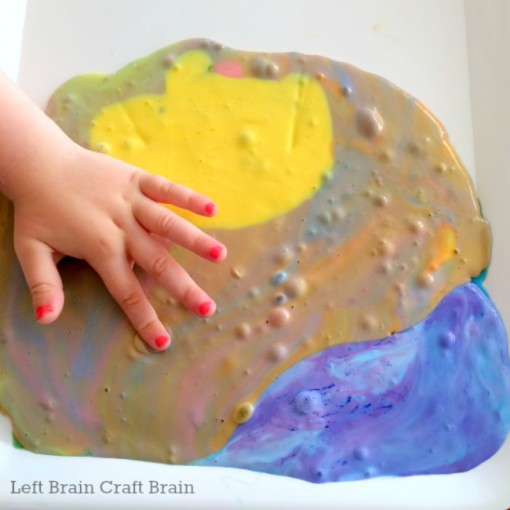
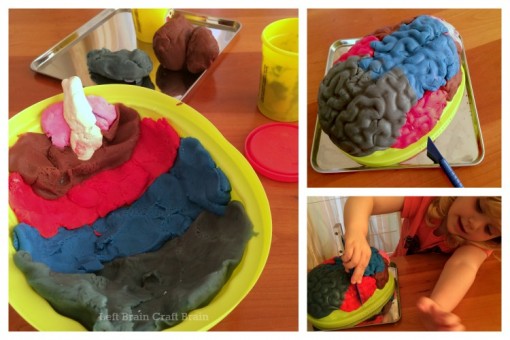


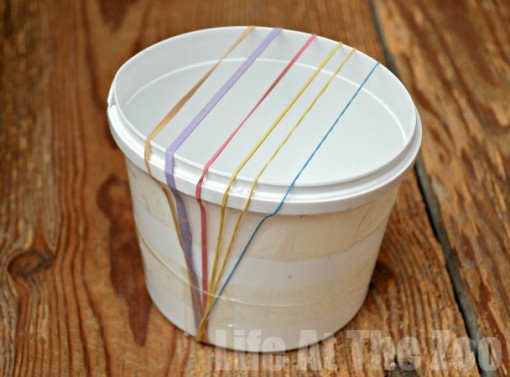
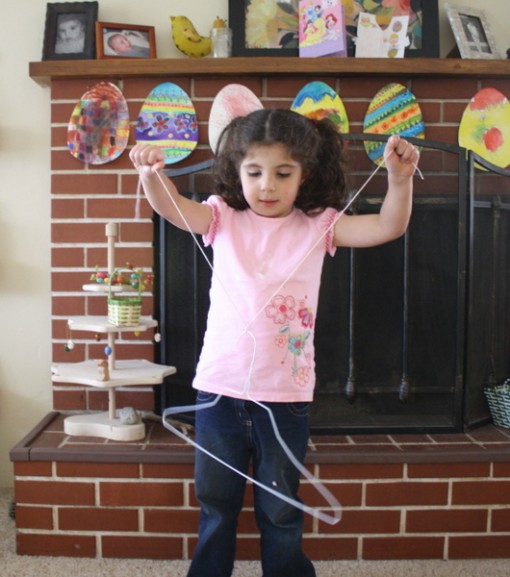
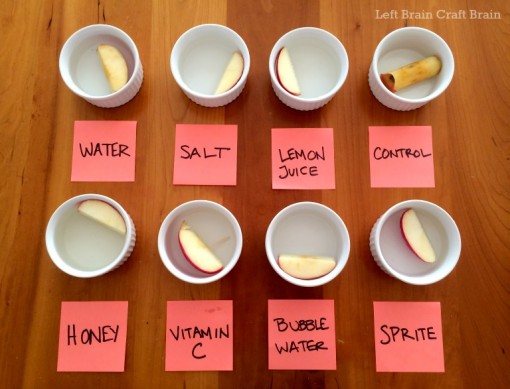
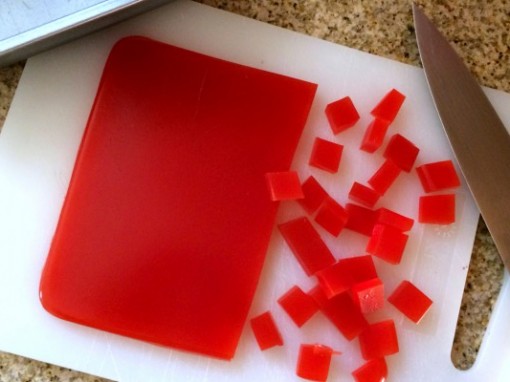
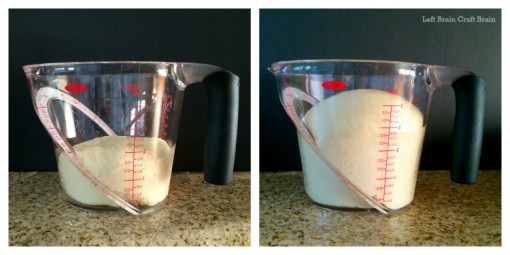
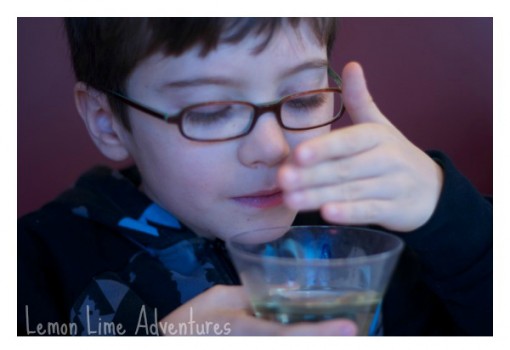
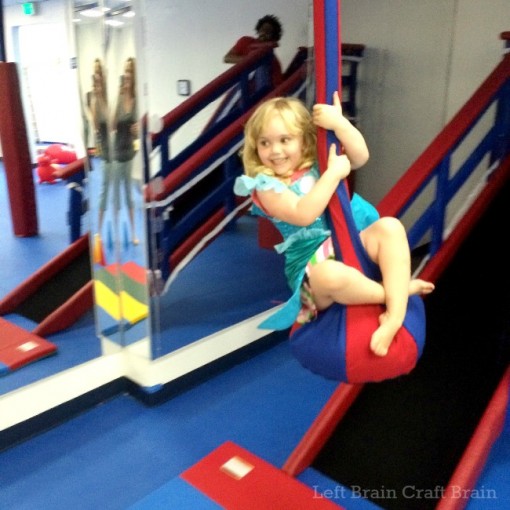
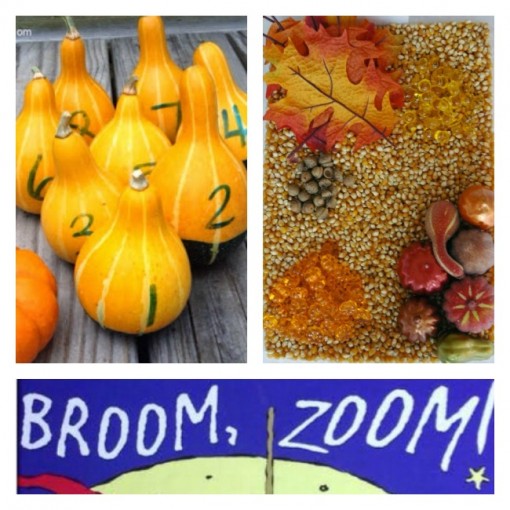



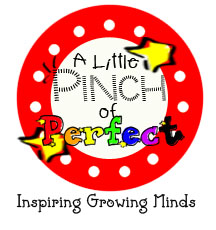


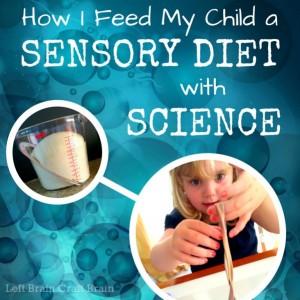
Pingback: 5 Fun DIY Games to Teach Preschoolers to Count + Linky - One Time ThroughOne Time Through
Love how you explained Proprioception Anne! I first learned about this sense when I sprained my ankle badly, and it healed fine, but I kept falling over. My physiotherapist talked to me about how my proprioception got messed up a bit after walking funny with a sprained ankle for a few weeks. Great post! Best, Sue
I’ve learned about it in a similar way too. I have a lot of joint issues and poor proprioceptive sensing because of it. Glad yours came back!!
I love, love, love your sensory diet post!
Thanks Shelah. Glad to have therapist approval :)
Excellent post with a lot of great ideas!
Thanks Natalie!
Pingback: Sensory Diet with Science Sensory Activities
Pingback: Q is for Quiet Sensory Play
Pingback: 25 Sensory Play STEM Learning Activities for Kids - Left Brain Craft Brain
Pingback: Heat Sensitive Color Changing Slime - Left Brain Craft Brain